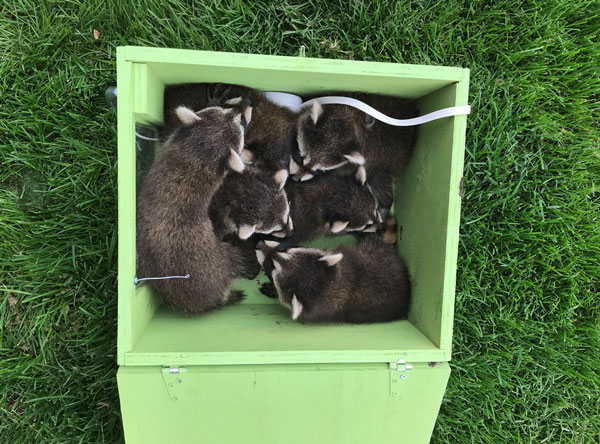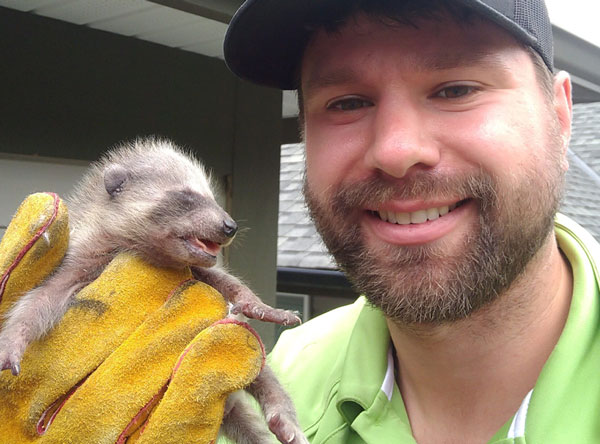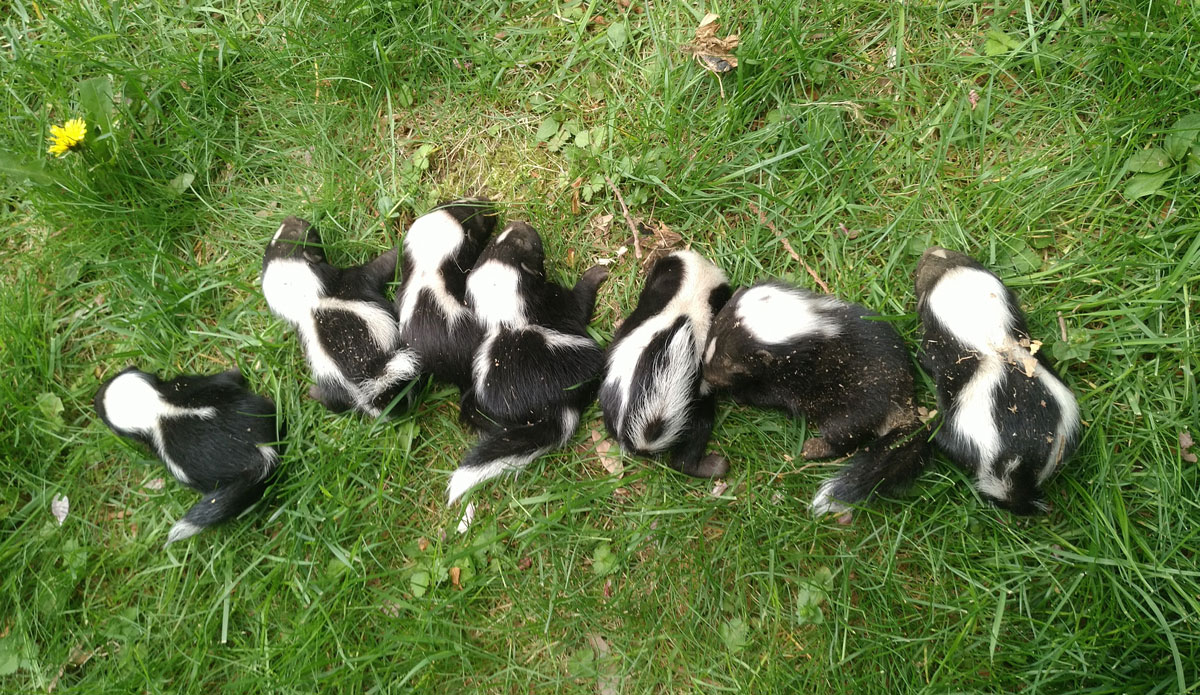
Guest post by Skedaddle Humane Wildlife Control
Urban wildlife are some of the greatest neighbourhood friends, as they help the local ecosystem thrive while controlling pest populations. Wildlife passing through urban communities do not know they are uninvited guests, and will take every opportunity to find a warm, cozy shelter to birth and raise their young. If all the correct measures are taken, wild animals can pass through freely, coexisting peacefully alongside homeowners without taking up permanent residence on your property.
Proactive measures are the best way to protect your home and the wildlife passing through. During early spring, repair any damage the harsh winter weather may have caused and remove any attractants that bring wildlife close to your home. When you are preparing your property for the spring, be sure to take the following steps:
- Repair any damage on the exterior of your property.
- Seal all cracks, gaps and holes with sealant.
- Use animal proof garbage and recycling bins.
- Keep pet food indoors at all times.
- Trim long hanging tree branches near property.
- Treat your lawn for grubs.
- Regularly clean your lawn of tree branches, leaves or fallen fruits.
- Use chicken fencing to protect your garden.
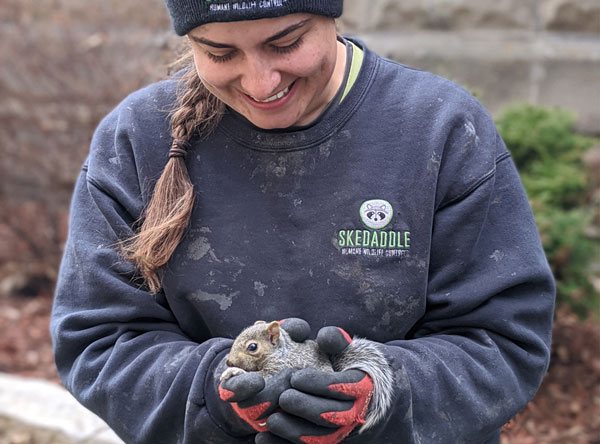
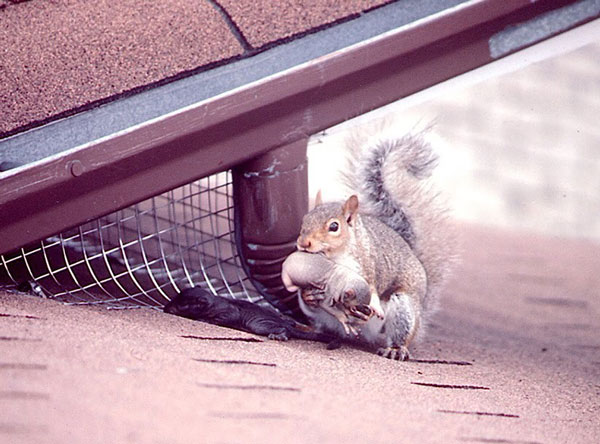
Preventing wildlife from gaining access to your yard is virtually impossible, but there are ways to encourage safe coexistence. Local department stores carry a variety of bird and squirrel feeders that allow them to build their fat stores safely. Placing water bowls at low points on the ground and installing bird baths are other great ways to strengthen the health of your local urban wildlife. Placing a bat box to place at the far end of your property is the perfect way to help a colony raise their newborn babies safely.
If proactive measures are not enough to deter wildlife from your home, choosing humane wildlife control is the best solution for you and the animals. The Skedaddle team prioritises the safety of all wildlife, focusing on animal proofing structures for long term protection. By following these tips, homeowners can maintain a healthy relationship with urban wildlife for decades to come.
